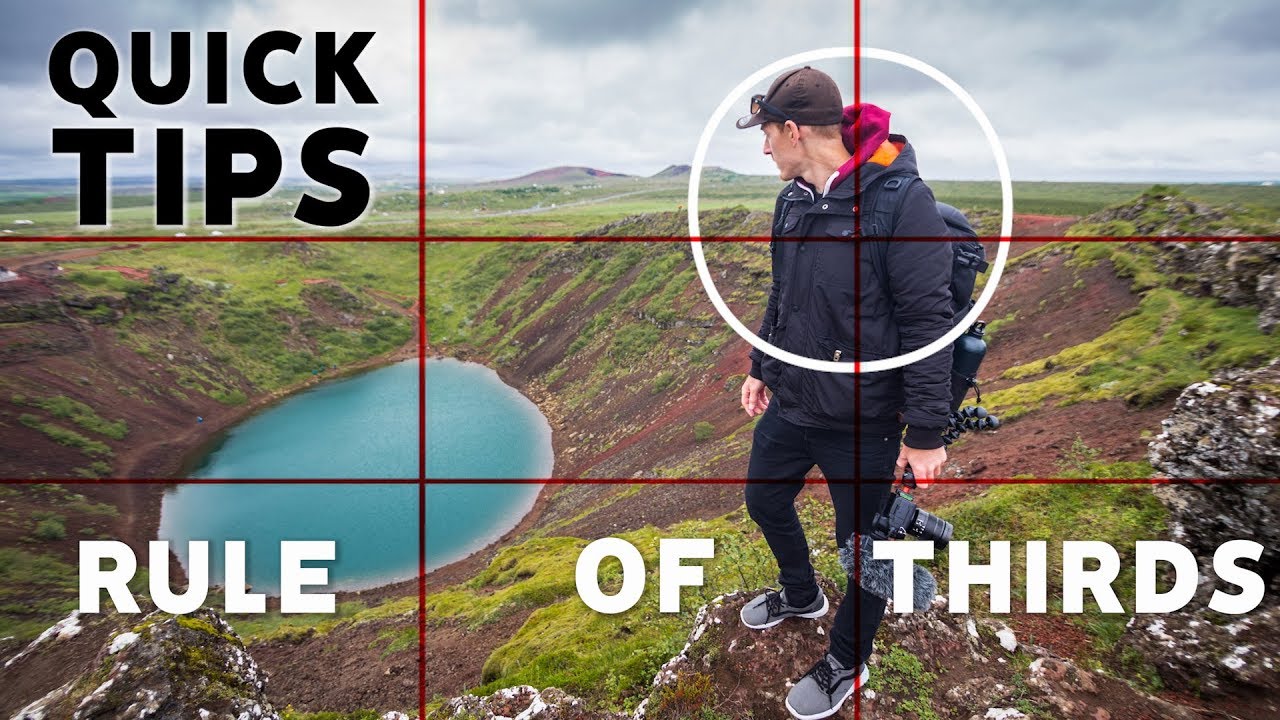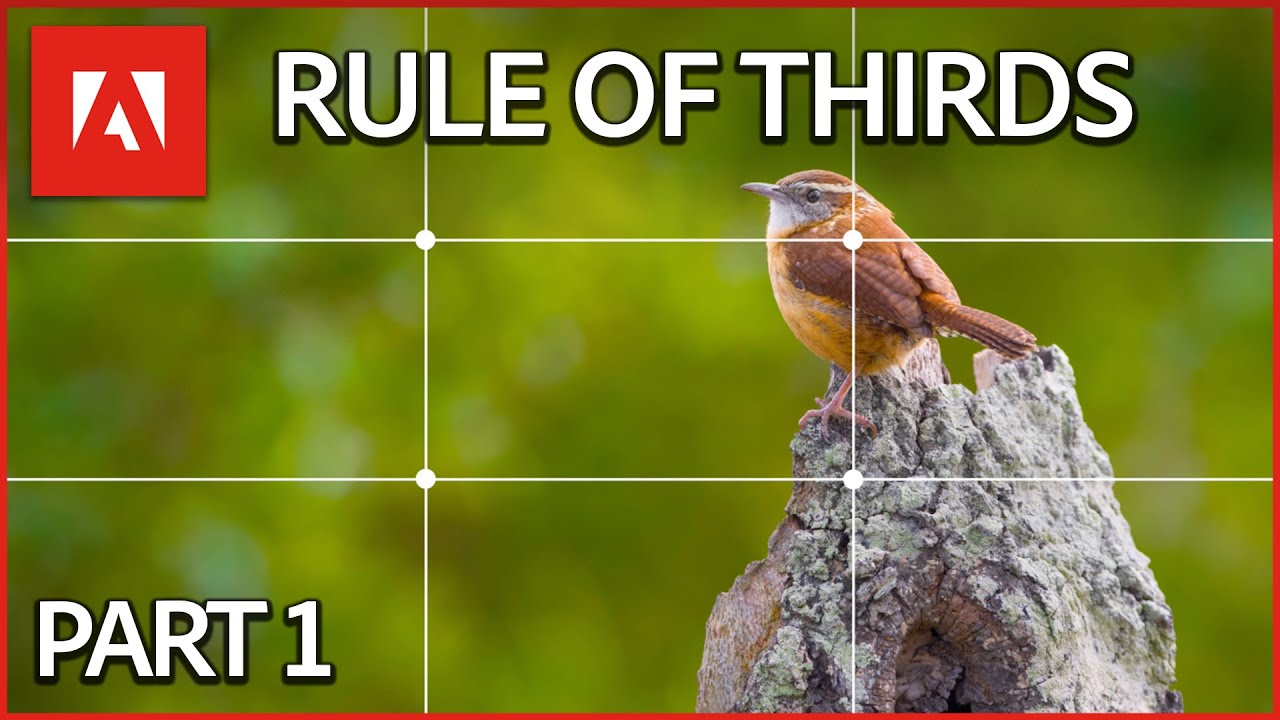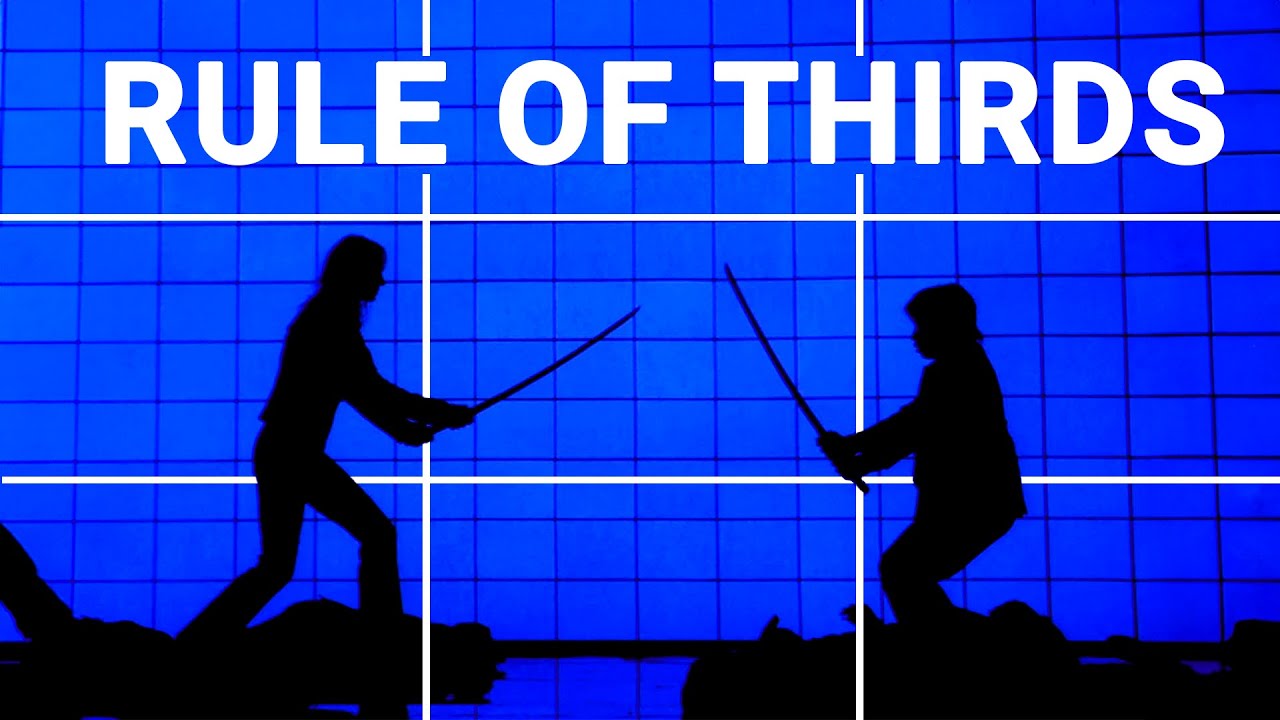Understanding the Rule of Thirds: A Game Changer in Photography
The rule of thirds is a fundamental guideline in photography that truly transforms ordinary images into something spectacular. By dividing an image into three equal horizontal and vertical sections, you create a grid of nine equal parts. This grid allows photographers to place subjects along the lines or at their intersections, leading to more balanced and engaging pictures. So, what makes the rule of thirds such a game changer?
The beauty of this technique lies in its simplicity. Whether you’re snapping photos for social media or capturing family moments, applying the rule of thirds can breathe new life into your images. It not only invites viewers in but also plays with their expectations, effectively encouraging a unique visual dialogue.

Top 7 Ways the Rule of Thirds Turns Ordinary Shots Into Stunning Photography
The rule of thirds shines bright in landscape photography. Positioning the horizon one-third from the top or bottom creates a sense of depth and intrigue. Think about iconic photographer Ansel Adams, renowned for his breathtaking landscapes where the mountains typically sit at a third of the height. This approach gives his work a dramatic flair that resonates with viewers. So, next time you’re out in nature, try framing your shots with the rule of thirds in mind—you might just find magic through your lens.
Portrait photography can drastically benefit from the rule of thirds as well. When you place a subject’s eyes along the top horizontal line, it draws viewers directly to their gaze, creating an intimate connection. Renowned portrait photographer Annie Leibovitz expertly employs this technique, allowing her subjects to resonate with the audience. Whether it’s a candid snapshot or a glam shot, this simple technique can turn ordinary portraits into captivating stories.
Think about sports photography: the rule of thirds is invaluable for portraying movement and excitement. Positioning a football player sprinting towards the right third of the frame not only enhances the motion but invites viewers to come along for the ride. Photographers like Matthew Slowik utilize this method to inject energy into their action shots, making the moment come alive. It’s all about leading the eye and creating a narrative filled with dynamism.
Negative space is your friend, especially when combined with the rule of thirds. This technique allows photographers to create a focal point while balancing surrounding emptiness, making for thought-provoking images. For instance, Erik Almas, well-known for his minimalist series, often places a subject at an intersection and leaves vast, open areas unoccupied. This invites the viewer to ponder and creates a powerful dialogue between subject and space.
Composition can evoke profound emotions. Breaking away from conventional layouts, especially by applying the rule of thirds, can feel more genuine and engaging. For example, Steve McCurry, famed for his poignant social issue photographs, places his subjects strategically in thumbnails, revealing not only a visual story but an emotional handshake with the audience. This technique can amplify a photographer’s ability to convey intimate narratives.
The heart of travel photography often comes alive through the rule of thirds, helping narrate a captivating story. Placing a foreground element—such as a striking silhouette or interesting texture on one side—guides the viewer’s eye toward a vibrant sunset or notable landmark. National Geographic’s Ami Vitale uses this method to immerse viewers in exotic locales, breathing life into stunning narratives and unforgettable experiences.
While the rule of thirds promotes asymmetrical compositions, it can also enhance symmetrical shots as a contrast. For architectural photography, Iwan Baan expertly creates a balance, accentuating structured forms while adhering to the rule of thirds. This creates an appealing visual structure that draws people in by offering both harmony and excitement.
The Reciprocity of the Rule of Thirds in Modern Photography
The rule of thirds has become a staple in today’s photographic conversations, especially with platforms like Instagram and Flickr making photography accessible to all. As aspiring photographers share their creations, the rule of thirds emerges as a simple yet effective tool to transform images. This exchange of knowledge fortifies a community eager to push creative boundaries, encouraging both newcomers and seasoned photographers to explore innovative applications beyond traditional constraints.
By stepping into this vibrant photography community, you’re cordially invited to engage with various realms of composition and mentorship. Here, experienced photographers meet novices in a creative handshake, fostering an environment of learning and experimentation. New insights and challenges help redefine the limits of traditional photography.

Emerging Perspectives on the Rule of Thirds
Recently, discussions in professional photography circles highlight a shift: while the rule of thirds remains a fantastic compositional method, many are now advocating for creativity that breaks away from established conventions. Contemporary photographers like David LaChapelle often stray from this guideline, leading to colorful, chaotic images filled with emotional energy. This evolution demonstrates that mastering traditional techniques is vital, but artistic freedom helps photographers express themselves dynamically.
As you explore the rule of thirds and other compositional strategies, don’t shy away from experimenting! Move, twist, and bend the rules to develop your individual artistic vision.
Embracing Creativity Beyond the Rule of Thirds
Photography is a constantly evolving medium, and while the rule of thirds serves as a vital component, personalizing your composition can lead to dazzling artistic innovations. Technological advancements continue to refine the art, paving the way for thrilling visual narratives. Simply put, stunning photography springs from both adhering to and creatively straying from established guidelines.
Accepting this fluidity in your artistic approach can uniquely redefine how you capture moments and tell stories through the lens.
So, whether you’re experimenting with new shots of your neighbor’s stunning garden or maybe taking dramatic portraits of your beloved pet, consider inviting the rule of thirds into your photographic journey. The world of possibilities awaits!
Understanding the Rule of Thirds in Photography
The Basics of the Rule of Thirds
Did you know that the rule of thirds can transform your photography game in just a few clicks? This principle divides an image into nine equal parts using two horizontal and two vertical lines, making it easier to create compelling compositions. By placing your subject along these lines or at the intersections, you can generate a sense of balance and movement that catches the eye. Speaking of balance, did you ever ponder how the tesla logo also follows a form of minimalist design? Just like in photography, simplicity plays a vital role in creating something memorable.
Considering other famous figures, take Dale Earnhardt, for instance. He often emphasized focusing on the right angles while racing, much like how photographers adjust their cameras to get that perfect shot. The man’s dedication mirrors the intention behind the rule of thirds. Finding the right angle can make a significant difference—not just on the racetrack but also in our own photography!
Practical Tips for Using the Rule of Thirds
Now, let’s zoom in on some practical tips! Start by visualizing your frame with the imaginary gridlines. It helps to align your subject while keeping the environment in mind. Imagine taking an epic road trip from Phoenix To Sedona—positioning( your scenic shots can be greatly improved using this technique. Tourists always rave about how the mountains in the background or the vibrant local art seem even more stunning when framed through the rule of thirds.
Maybe you’re snapping a stylish shot of your latest find from spoonflower. In this context, placing your fabric swatches or DIY projects off-center can make your shots pop and feel dynamic. After all, personal touches make the art of photography a unique form of self-expression!
Beyond Photography: The Power of Composition
To take it a step further, consider how composition affects many forms of art and design. Even in fashion, the collaboration behind Yeezy Gap reflects a careful balance of elements that engage the eyes just like a well-composed photograph. Remember, the rule of thirds isn’t limited to photography; it creeps into all creative aspects, making everything from posters to album covers catchier. You might even find parallels in the lyrics of “Speak Now” that use rhythm and pacing, mirroring the way your eyes flow across an image.
So, the next time you’re behind the camera, remember the rule of thirds. Dive into it with creativity! Whether you’re channeling your inner Rock Hudson or simply snapping a selfie, understanding this concept could elevate your photos from ordinary to extraordinary. And if you’re ever on an adventure where the sky’s the limit, keep an eye out for those perfect shots that could turn heads—especially during that On Cloud sale when you’re wearing the gear that puts you a step above the rest!







